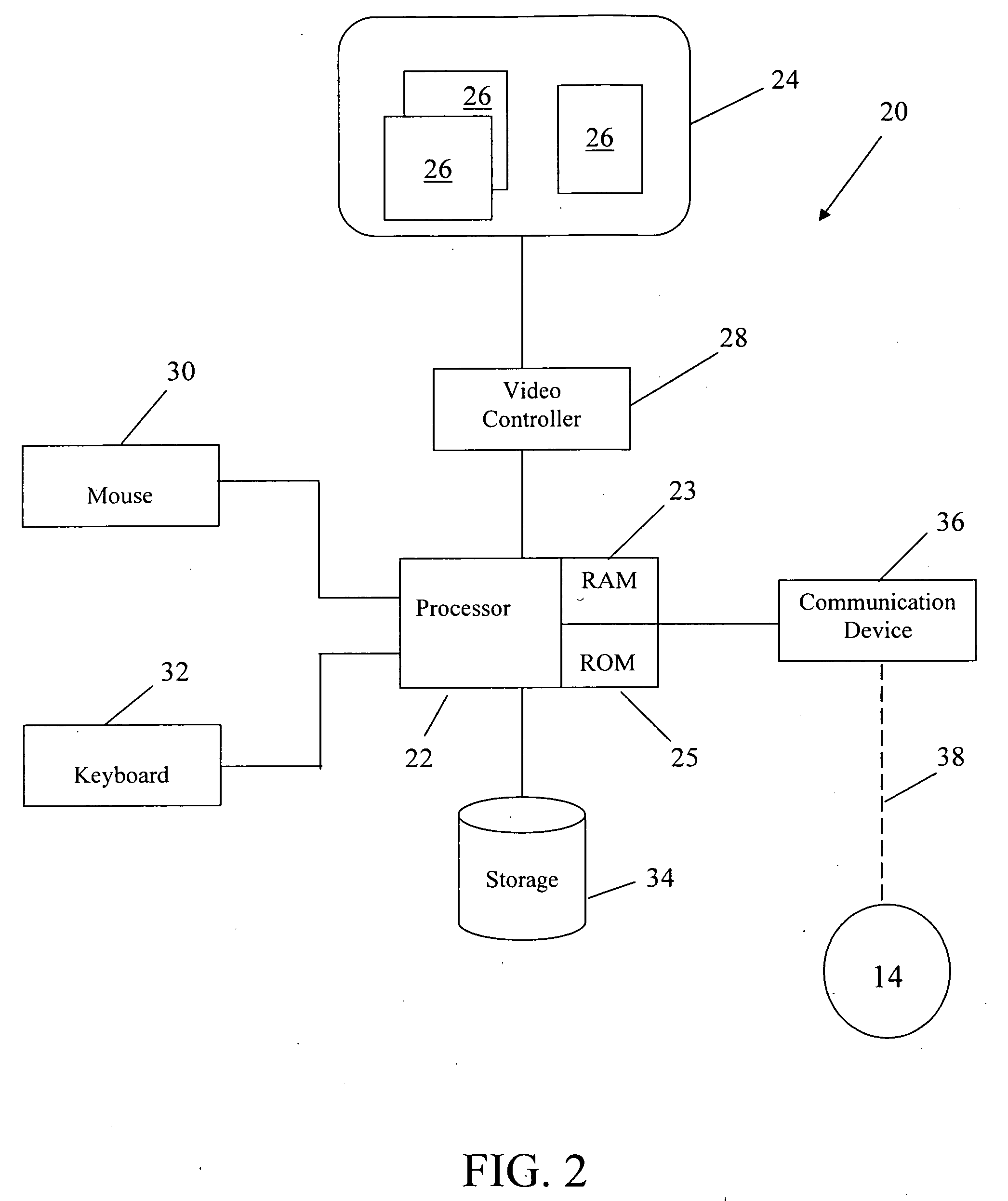System and method for auctioning services over an information exchange network
a technology of information exchange network and auctioning service, applied in the field of services, can solve the problems of reducing the competitiveness of auction, discourage buyers from submitting jobs with a low chance of occurring, etc., and achieve the effect of encouraging fierce price competition and less price competition among providers
- Summary
- Abstract
- Description
- Claims
- Application Information
AI Technical Summary
Benefits of technology
Problems solved by technology
Method used
Image
Examples
Embodiment Construction
[0018]The present description is of the best presently contemplated mode of carrying out the invention. This description is made for the purpose of illustrating the general principles of the invention and should not be taken in a limiting sense. The scope of the invention is best determined by reference to the appended claims.
Auctioning of Services
[0019]The present invention is directed to auctioning of services. To facilitate an understanding of the principles and features of the present invention, they are explained herein below with reference to its deployments and implementations in illustrative embodiments. By way of example and not limitation, the present invention is described herein-below in reference to examples of deployments and implementations for auctioning of document services and, more particularly, printing services in an information exchange environment and, more particularly, in the Internet environment.
[0020]The present invention can find utility in a variety of i...
PUM
 Login to View More
Login to View More Abstract
Description
Claims
Application Information
 Login to View More
Login to View More - R&D
- Intellectual Property
- Life Sciences
- Materials
- Tech Scout
- Unparalleled Data Quality
- Higher Quality Content
- 60% Fewer Hallucinations
Browse by: Latest US Patents, China's latest patents, Technical Efficacy Thesaurus, Application Domain, Technology Topic, Popular Technical Reports.
© 2025 PatSnap. All rights reserved.Legal|Privacy policy|Modern Slavery Act Transparency Statement|Sitemap|About US| Contact US: help@patsnap.com



